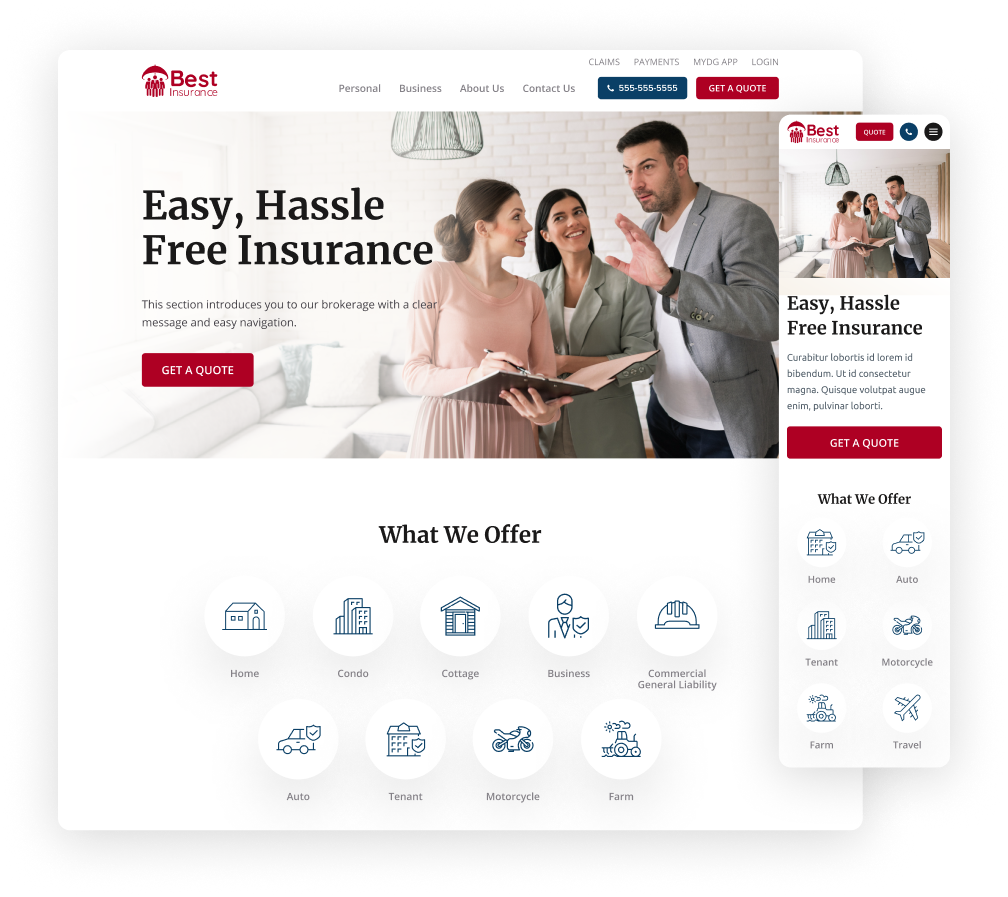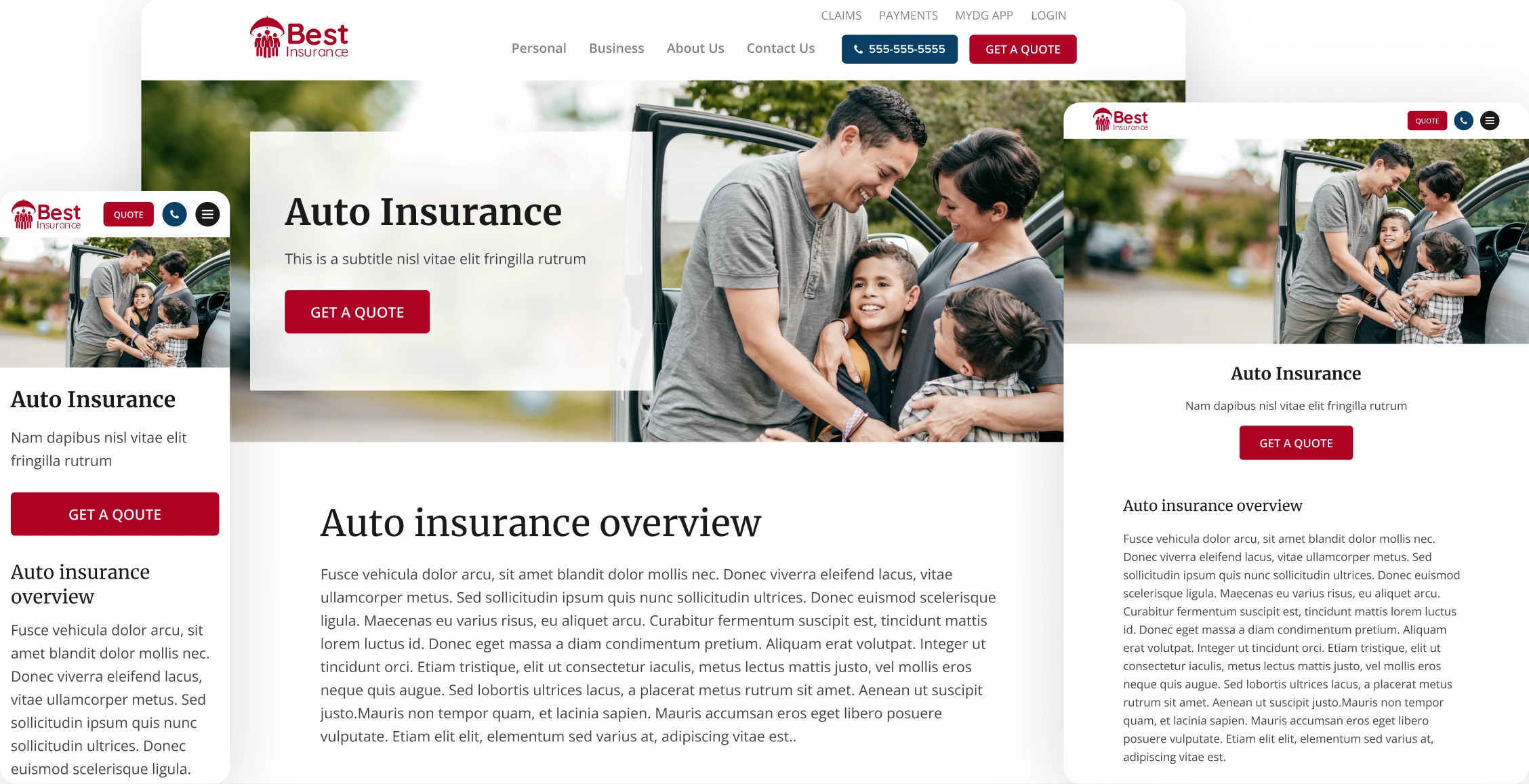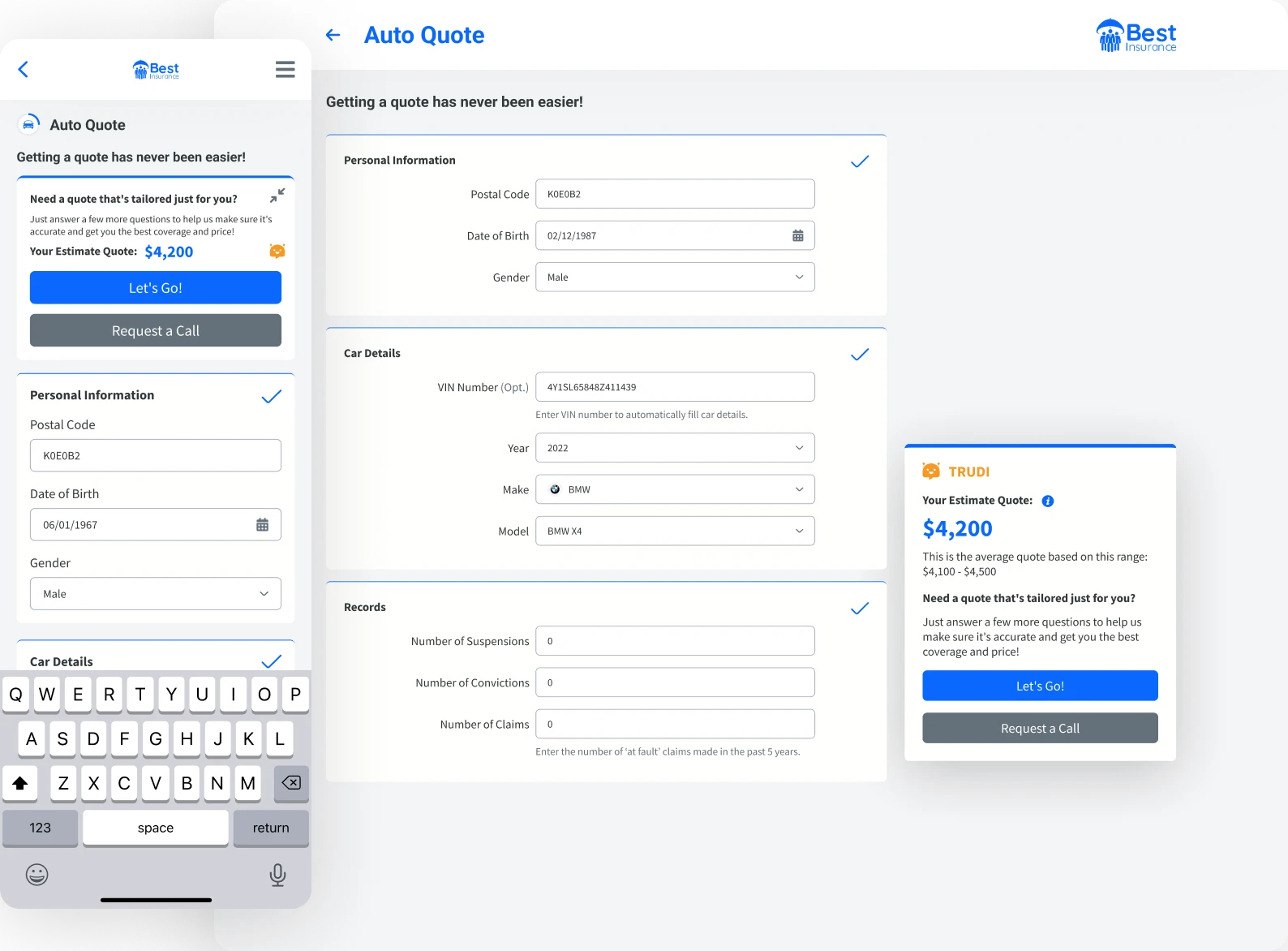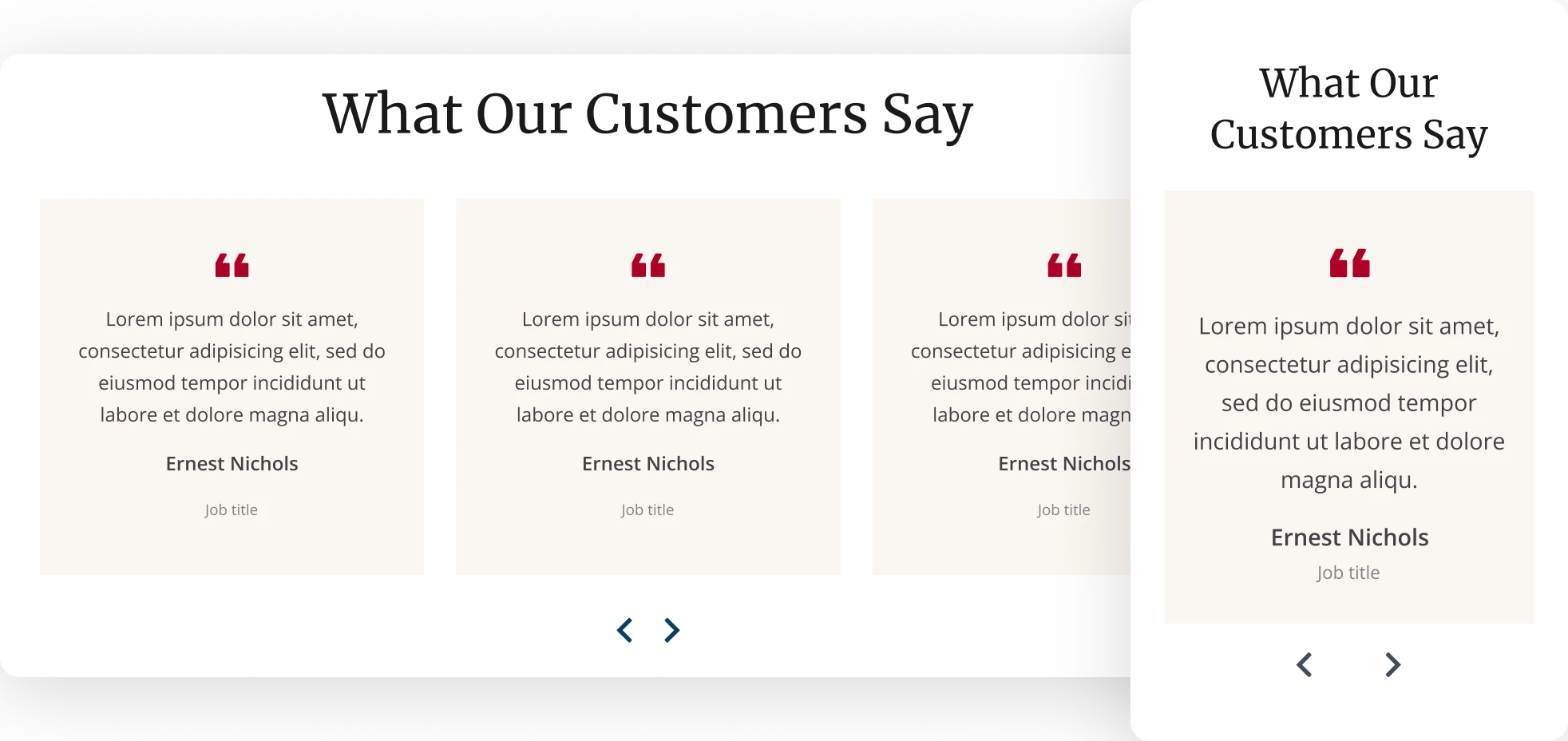
About Trufla
Trufla Technology is an insurtech that focuses on helping brokers and agencies leverage the power of digital to solve insurance problems. Our product suite includes lead management, custom raters, mobile apps, Insurance SEO Services, website design, Insurance Website Redesign: Relaunch & Revamp, digital scorecards, and more. Recognized as one of the prominent insurance technology companies in Alberta, contributing to the growth of IT and software companies in Canada. We take pride in being among the top IT companies in Calgary and prominent software companies in Canada.
What are Responsive Web Design Services?
Responsive Web Design Glossary
What Are the Basic Elements Required for a Responsive Web Design?
Web designers include these basic three elements in all their responsive web design work:
What are the benefits of using responsive website development Services for insurance brokers and agents?
There are many benefits of using responsive web design Services, including:
Responsive Website Design Services
Request a DemoHow do Responsive Website Design Services Help Drive a Brokerage’s Sales?
Our Responsive Website Design Services: Seamless Customer Experience
As a brokerage, it’s important to provide a seamless customer experience. Often, a busy prospect finds another website (your competitor) that is easier to use – one that can direct them to a CTA button or the quote form that leads them to buy insurance. The importance of the customer’s experience on your website cannot be underestimated. A responsive website allows you to provide your website visitors with what they came for – a smooth, easy experience of buying insurance – instead of a frustrated consumer who leaves your website, contributing to your high drop-off rate.
A Buyer’s Behaviour Drives the Sale
Did you know most of your insurance customers will purchase home or car insurance from their desktop computer after researching on their smartphone? The Adobe Digital Index retail report (Source: Smart Insights) puts the desktop retail conversion rate at 3.7% to 4%, and the mobile one at 1.25% to 1.34%.
At Trufla, we help brokerages deliver a top-notch user experience to their customers, where the same feel and structure of a website is apparent across different devices (smartphones, laptops, e-readers, etc.), to engage the site visitor into an uninterrupted transaction.
With a responsive design, your customers can easily navigate the important elements of the website, such as the customer testimonials section, and FAQs.
Without a seamless User experience, visitors on your site are more likely to abandon their actions, whether that’s abandoning a quote form or leaving your website altogether. You don’t want to lose your target audience because of a bad website design.
Key Areas Where We Focus on Responsive Design Projects
There are several key areas to focus on when it comes to creating a functional website that incorporates responsive design or adaptive layout design, including the following elements:
Responsive Website Design Services
Request a DemoResponsive Website design VS Adaptive Design?
Adaptive design is a web design approach that uses multiple fixed layout sizes, allowing for more insurance website display flexibility and control over your screen sizes compared to responsive design. Often, designers will take a hybrid approach to designing a website using a combination of adaptive layouts and responsive design for insurance websites.
TruWeb Tools: Reshaping the Customer Experience
With truWeb, you can completely transform your website into a functional digital sales platform that is designed by responsive web design experts that make sure your website helps you achieve your business goals.
Trufla specializes in building functional tools that revolutionize the way insurance brokerages operate.


With truWeb, you don’t just get a great-looking new website, you ensure your website’s functionality gives you maximum benefits by focusing on important aspects, including:
- Responsive Website design services
- Graphic design
- Search engine optimization (SEO)
- Conversion optimization
- Digital Analytics
- Automation
- Cross-platform adaptability
- Insurance Technical SEO
Getting Started with truWeb
Ready to take the first step towards transforming your website into one of the best insurance websites? truWeb efficiently alters your digital sales platform across all your customers’ devices. We’ll show you the capabilities of truWeb and how it can completely improve your brokerage’s digital presence. Request a demo today!
Why Should Trufla Be Your Responsive Web Design Company of Choice?
Hiring Trufla for your responsive web design needs has many benefits, especially for insurance brokers and agencies:
FAQs: Responsive Website Design Services for Insurance Websites
Adaptive design is a design philosophy that creates fixed multiple-page layouts and chooses a design layout based on the browser size. Responsive design works with only one single-use design that adjusts to any screen size. Responsive design is focused on the device while adaptive design also takes the users’ context in mind. Responsive design, while generally less expensive than adaptive design, ultimately gives designers less control over the design of each device. The best approach for your brokerage will depend on its specific needs and requirements.
One major advantage of using adaptive design is it is a custom-made solution that matches the screen specifications of a user.
Developing a Mobile-friendly insurance web design is not the same as creating a responsive design for your website. Developing and designing a mobile-friendly website involves designing for a mobile device that has smaller screen sizes. Mobile-ready is another related term. So, a mobile-friendly web design works perfectly on a mobile site.
A mobile-first approach and using responsive design for an insurance website are two different approaches. A mobile-first approach focuses on designing and developing a website or application for mobile devices. A mobile version of a site will always be created first with this approach. A responsive design is creating a single design that applies to various screen sizes and devices.
Google recommends following responsive design best practices because it will result in many benefits to your website, including a single URL, faster loading speeds, site usability improvements, increased visibility, longer website visits, higher ranking, and more. Working with a responsive web design agency can help your business grow in many ways.
Responsive web design techniques emerged in the early 2000s and the term responsive web design was coined in 2010 by web designer and author Ethan Marcotte. The responsive design approach is based on the idea that websites should be designed to adapt to the screen size of the device they are viewing. There are two ways to achieve this: responsive design, which uses a single layout that adapts to different screen sizes, and adaptive design, which uses multiple layouts, each designed for a specific screen size. Read more about it here.

